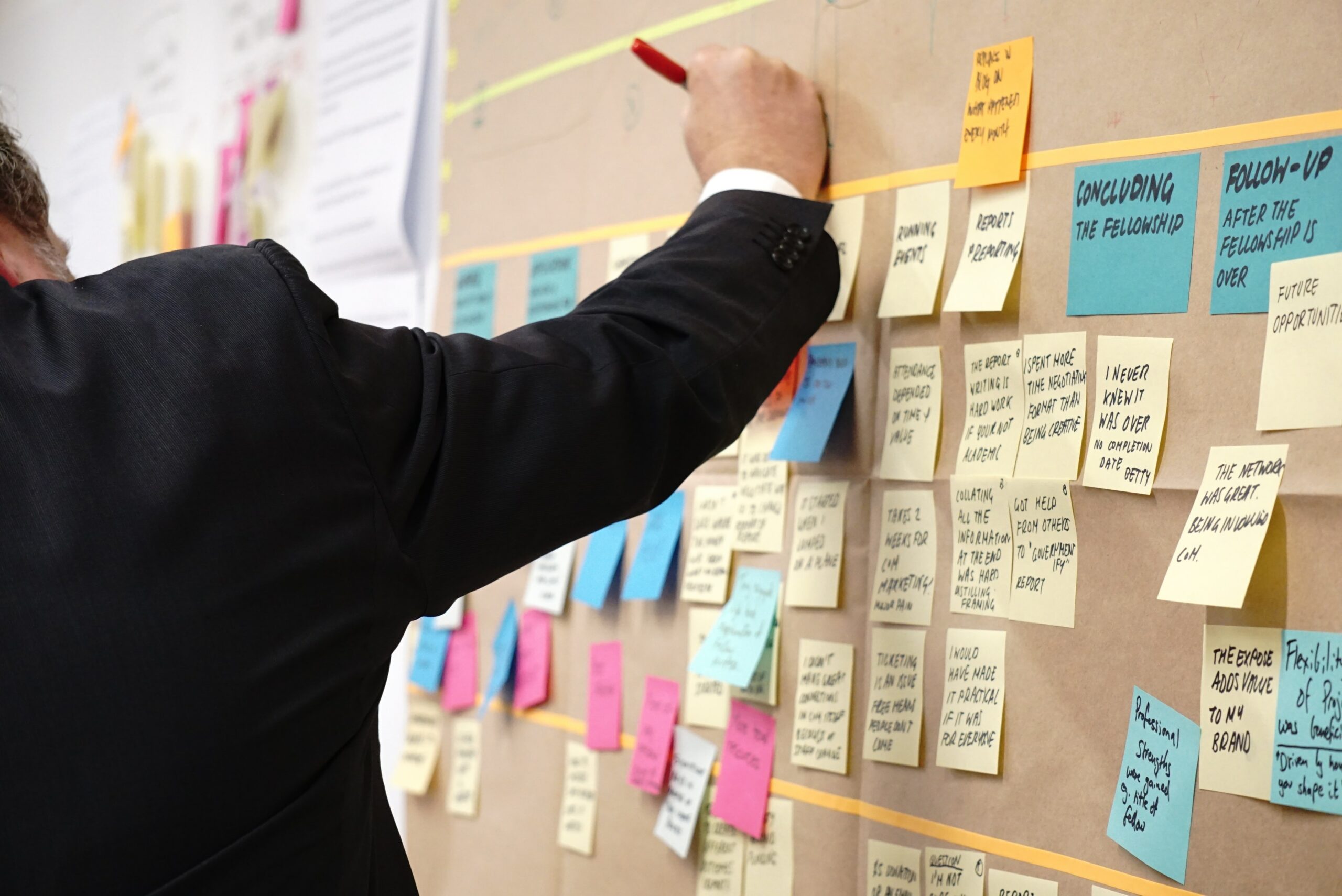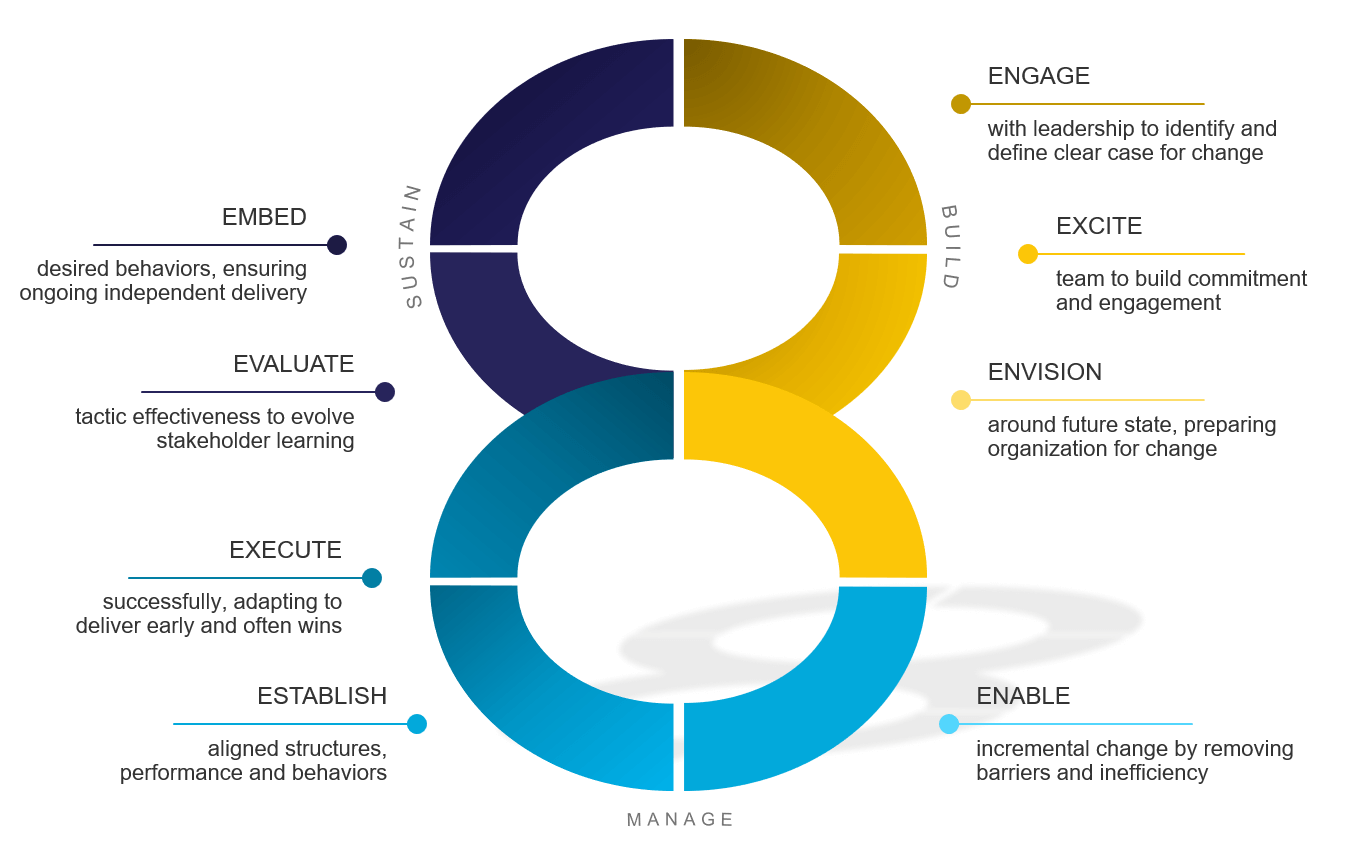Our website is not supported on this browser
The browser you are using (Internet Explorer) cannot display our content.
Please come back on a more recent browser to have the best experience possible

As part of the unprecedented response to the COVID-19 pandemic, two of MIGSO-PCUBED’s consultants worked with a small client team to help protect the UK and to understand how the virus was moving through the population over time. Our client was responsible for conducting key research, translating data, and analysing trends to aid government decision making.
The early stages of the client’s response to COVID-19 had been undertaken on a ‘best-endeavours’ basis. Remembering back to those early days of the crisis, it is easy to understand why. Decisions and reactions to situations were taken by the hour. As such, there was an unquenchable thirst for data and knowledge around what this disease could and ultimately would go on to do.
Our client was required to build a large and complex programme from scratch, supporting multiple government agencies. To foster enhanced innovation, the people brought in to manage this unique situation came from a wide-ranging, diverse, and talented pool across government. Most of the team were more used to helping digitise the UK economy or helping children eat better, as opposed to running large programmes of work.
As the team were continually growing and re-aligning (almost daily) in the face of this unknown and complex threat, that age-old truism of “change being the only constant” was all too real. The client needed to build project managers out of its team of scientists and policy specialists, fast.
MIGSO-PCUBED was brought on board to build a best practice approach for each research project within the overall programme. This required help to monitor the outcomes of each research project through more effective governance, streamlining of spending, budgeting, establishing increased efficiency in delivery, and identifying a clear benefits realisation plan.
Inevitably the speed of the programme set-up led to a critical gap in audit documentation and the absence of clear governance processes. The early phases of the programme experienced a duplication of work and a lack of essential steps in documentation because the data and the outcome required speed. Additionally, high staff turnover exacerbated these problems. Individuals had to return to their home departments, while the intensity of the programme also led to burnout. By the time you had someone onboarded to the programme, you had to start again.
However, the real challenge was that these research projects typically had an undefined scope with a somewhat inevitable impact on timescales and cost of delivery. As significant sums of government money were tied up in these endeavours, there was a need to create an audit trail that could stand up to long term scrutiny once the battle with COVID-19 was finally won.
Therefore, our task was to help get the programme team’s workload in order through structure and governance, thereby giving space to the senior leadership to think about next steps as well as planning with more consistent processes and approaches.
Support for Project Management was to be provided via standard documentation, including: RAID logs (risk, action, issues, and decision) defining who did what; programme board decks keeping everyone in the loop on status; and benefits tracking giving visibility into the value each research project was expected to deliver and its current trajectory.

However, the critical element identified during ramp up was a pressing need to engage with the complex stakeholder group and lead them through the difficult change cycle that they were experiencing.
The sum of the challenges described above amounted to significant change in processes, in the tools being used, and overall environment for the people within the programme. When fundamental and disruptive changes like this are required, skillful change management must be used to ensure any project management solutions deployed are both successful and sustainable.
Read also: Managing in a Time of Crisis
Our ultimate goal was to create a research project lifecycle framework with structured governance templates and a new cadence for reviews. These tools sought to ensure that all projects were aligned to the overall strategy and policy of the team. Having started to understand the stakeholder group in more detail, it was evident that the framework had to be:
To support this rollout we overlaid our 8E Change Management model which is broken out into the three phases of Build, Manage, and Sustain.

Our Change Management methodology includes and applies organisational change management principles to ensure an integrated, end-to-end approach. In the first phase, the task was to build a foundation for the new research project lifecycle framework rollout.
During this phase, we engaged with the client management and the wider team, gaining buy-in for the outlined approach. We showed the key senior stakeholder group an outline proposal for the change and the simple methodology they could follow in the future.
As with any change, there were a few detractors, and winning over those less open to change was key to the overall success of the framework. We listened to concerns and spent more time with those team members who were resistant to the change, explaining why the framework was critical to the ongoing success of the research programme.
Excitement was generated across the wider team through a process of regular updates to show progress. Daily stand-ups and programme boards were used to gradually reveal details of the framework and how it would be useful to manage the research projects. These reviews included taking the team through the process step-by-step and undertaking practical demonstrations.
The final part of this activity also involved creating a small Change Agent Network – identifying and engaging with those who were naturally enthusiastic about the change and who would help galvanise those around them to support the activity. The team began to build momentum with those who believed in the change and recognised the framework’s genuine business benefits.
In managing the change, the goal is to enable incremental or small changes step by step, removing barriers and resistance to change as you execute along the overall implementation roadmap.
In this instance, the change was enabled by utilising feedback from a select group within the programme team to facilitate iterative improvements in the solution. This feedback further enabled conversations with the wider team as the solution became ever more mature and more aligned to their needs.
The execution phase of the framework was rightly so, a gradual process. We had gained buy-in from leadership and those who were open to change. Those in the scientific and policy communities who were less comfortable with the approach, or less familiar with project management tools and techniques, were coached 1:1.
The coaching sessions were tailored to the individual and involved knowledge transfer to those who would be managing the solution in the long term. While the overall change met barriers, these were overcome either on a 1:1 basis or using hierarchies within the team for escalation where appropriate.
In the sustaining phase, embedding a solution that will work once we step away is the ultimate goal for any delivery and change management exercise. Our clients and their teams need to be self-sufficient, so the team carried on the work from the coaching sessions, spending time with those leading the change through ‘train the trainer’ style sessions and onsite work.
Part of helping to embed the solution is understanding the circumstances of those around you. The programme team were not project management experts yet were expected to take on the overhead of the framework in addition to their day jobs of trying to understand the disease in ever-greater scientific detail. Taking the time to understand each individual, and their drivers, enabled this change to be successful. And, at times, it was necessary to roll with the punches when high churn meant there was yet someone else to train!
The benefits quickly became apparent as the framework was being executed. By using a consistent and uniform approach, it was immediately possible to identify and capture legacy information. As a result, senior management felt more confident as they had data and information to hand to answer questions from both ministers and the press.
The research project leads expressed they had gained greater confidence in managing their projects: being able to plan more effectively as well as being more confident in their decision making. The framework did its job in helping to spot and eliminate those projects that were underperforming and not realising the benefits they initially set out to achieve. As tough as this sounds, it is hugely important when tax-payers’ money is at stake.
One key lesson learned by the programme team was the vast importance of benefits realisation in this environment. Being able to track how the money is being spent and the outcomes it is achieving was critical to the framework’s success. Ultimately, the hope is that once the dust has settled and the inevitable review of the finance and decision making begins – the team will be in an excellent position to fully highlight the benefits they have achieved in the name of public health.
This article was written by Maria Larsen and Deena Dahabiyeh
Loved what you just read?
Let's stay in touch.
No spam, only great things to read in our newsletter.
We combine our expertise with a fine knowledge of the industry to deliver high-value project management services.
MIGSO-PCUBED is part of the ALTEN group.
Find us around the world
Australia – Canada – France – Germany – Italy – Mexico – The Netherlands – Portugal – Romania – South East Asia – Spain – Switzerland – United Kingdom – United States
© 2024 MIGSO-PCUBED. All rights reserved | Legal information | Privacy Policy | Cookie Settings | Intranet
Perfect jobs also result from great environments : the team, its culture and energy.
So tell us more about you : who you are, your project, your ambitions,
and let’s find your next step together.
Dear candidates, please note that you will only be contacted via email from the following domain: migso-pcubed.com. Please remain vigilant and ensure that you interact exclusively with our official websites. The MIGSO-PCUBED Team
Choose your language
Our website is not supported on this browser
The browser you are using (Internet Explorer) cannot display our content.
Please come back on a more recent browser to have the best experience possible
